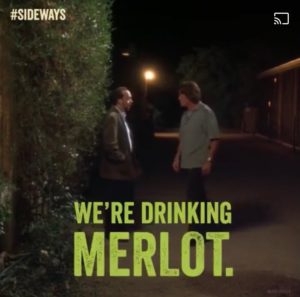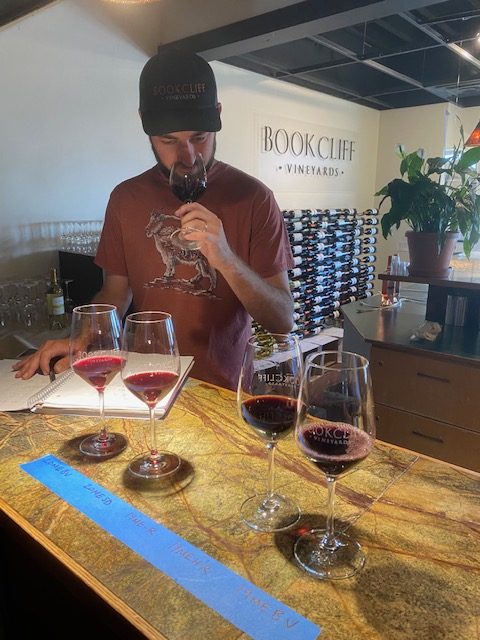The 2004 comedy, Sideways, includes a well-known scene where Paul Giamatti’s character Miles, a Pinor Noir enthusiast, expresses his disdain for Merlot and puts his foot down about not wanting to drink anymore of it. This scene had a real world impact, as following the popular movie, single varietal Merlot wine sales in the United States plummeted and Pinot Noir sales trended upwards. But honestly, why did we listen to Miles? At the end of the day, he was a dweeb and Merlot is great. It is versatile, easy to grow, and produces wine with incredible balance and a smooth, drinkable texture. There is a reason the French still feature Merlot heavily in the world’s most famous wine region, Bordeaux. I would say they know better than Miles.

For a variety of reasons, wine grapes grown in Colorado do not achieve the same levels of tannin or intense flavor concentrations as is typical in many New World winemaking regions such as California or Australia. These warmer growing regions have moved away from Merlot in favor of Cabernet Sauvignon and Syrah as these wines typically show better with high tannin, full body, and flavor intensity. Because Colorado grapes tend to produce more medium bodied and lighter tannin red wines, Merlot is an ideal varietal to highlight the balance and diversity that is capable in Colorado wine.
BookCliff uses Merlot extensively in each vintage, as about a third of all grapes processed each vintage are Merlot. It is heavily featured along with Cabernet Sauvignon in each vintage of Ensemble. Merlot is similarly featured along with Syrah in our Cadenza blend. In years past we have bottled a single varietal Merlot, and in 2018 we had 4 barrels of exceptional Merlot and decided to bottle 70 cases of Reserve Merlot for the first time, which was released first and foremost to our wine club members. Merlot is also a component of our dry Rose program, and we use Merlot grapes to produce juice to sweeten our Touch of Red.
Colorado Merlot’s versatility is its greatest attribute. It’s naturally higher acidity and lower tannin make it a great candidate to be pressed for Rose. It provides the backbone of acidity, refined tannin, and bright red fruited characteristic of our 2018 Ensemble, but it can also take on a heavier role in our 2018 Reserve Merlot, which features more usage of new oak resulting in a long savory finish and darker fruit characteristics on the palate and nose.
As we get into the summer, our first big task is to blend and bottle our 2019 Ensemble. Again, we expect our 3 individual lots of Merlot from two different vineyard sites to play a prominent role in the final wine. Our Merlot lots from Hawk Ridge Vineyard and BookCliff Vineyard are both very strong. We again isolated 4 barrels that are outstanding, so we expect to bottle a 2019 Reserve Merlot at the end of the summer after all other red wines are blended and bottled.

Our 2018 Reserve Merlot next to our tank of 2019 Reserve Merlot
Though still over a year away, our 2020 Merlot lots are looking great after just two month in barrel. You can notice the 2020 vintage has a more intense, garnet color compared to the 2019 Merlots. With time we can expect the 2020 vintage to darken as it ages.

2020 wines on left, 2019 wines on right
